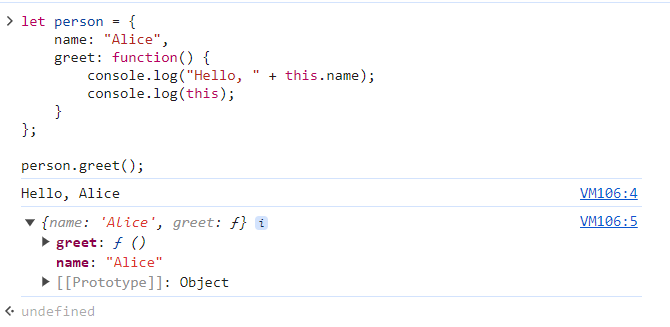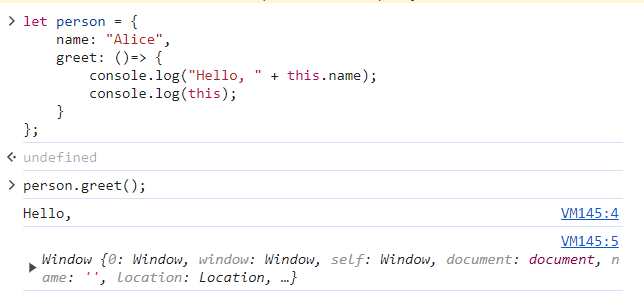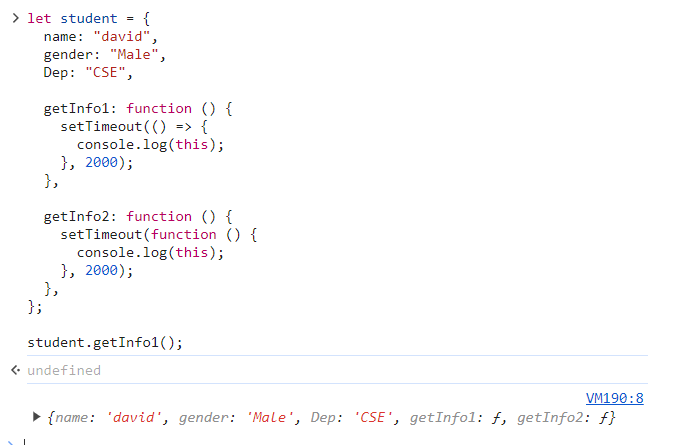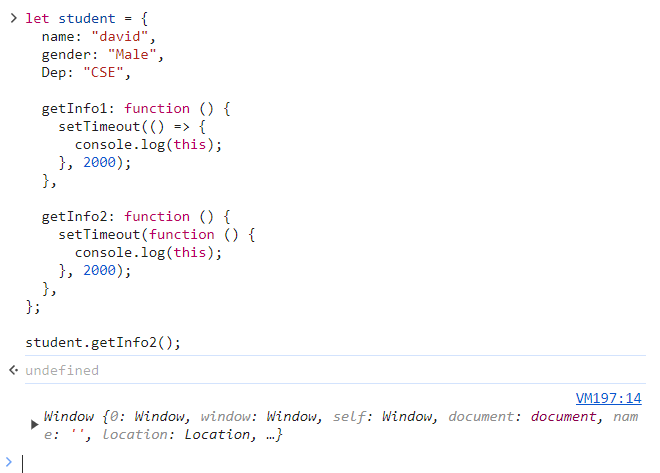Arrow Functions in JavaScript
 dheeraj koranga
dheeraj korangaArrow functions are a concise syntax for writing functions in JavaScript, introduced in ES6. They allow for a shorter syntax than traditional function expressions and also provide different behavior for this.
Syntax:

Arrow functions:
Have a shorter syntax.
Do not bind their own
this(they inheritthisfrom the surrounding scope, making them useful for callbacks).Are always anonymous (you cannot name an arrow function directly).
For one argument there is no need to put ( ) braces

- we did not put n in ( ) braces because there is only one argument
Arrow Function with Implicit Return
If the arrow function consists of a single expression, you can omit the curly braces {} and the return statement. This is called implicit return.
Example with Implicit Return:

- In this case, the expression
a + bis returned automatically, without the need for thereturnkeyword or curly braces.
this with Regular Functions
In a regular function, the value of this is determined by how the function is called. If the function is called as a method of an object, this refers to the object. If the function is called in the global context, this refers to the global object (e.g., window in browsers).
Example with Regular Function:

- as we can see here “this” refers to the object person
this with Arrow Functions
Unlike regular functions, arrow functions do not have their own this. Instead, they lexically inherit this from the surrounding (or outer) scope in which they were defined. This means that the value of this inside an arrow function is determined by the value of this in the context where the arrow function was created.
Example with Arrow Function:

In this example:
- The arrow function does not bind its own
this. Instead, it inheritsthisfrom the surrounding global scope, wherethisrefers to the global object (in browsers,window). Sincethis.nameisundefinedin the global object, the output is"Hello, undefined".
let student = {
name: "david",
gender: "Male",
Dep: "CSE",
getInfo1: function () {
setTimeout(() => {
console.log(this);
}, 2000);
},
getInfo2: function () {
setTimeout(function () {
console.log(this);
}, 2000);
},
};
student.getInfo1();
student.getInfo2();

- student.getInfo1() refers to the student object because “this” is written inside the arrow function and the “this” of the arrow function refers to the object of its parent block which is the student object

- student.getInfo2() refers to the window object because “this” is called by the setTimeout function and this function is a part of window object.
Subscribe to my newsletter
Read articles from dheeraj koranga directly inside your inbox. Subscribe to the newsletter, and don't miss out.
Written by
